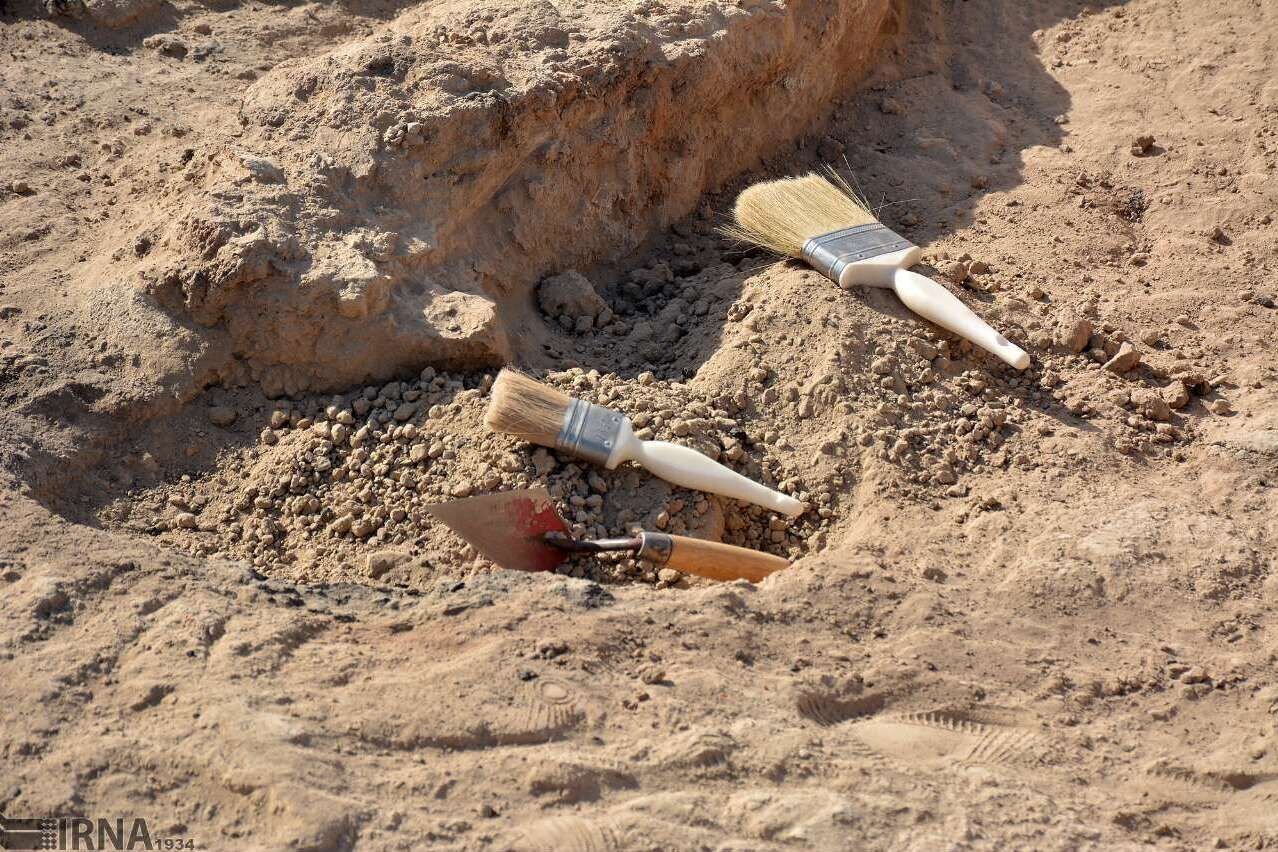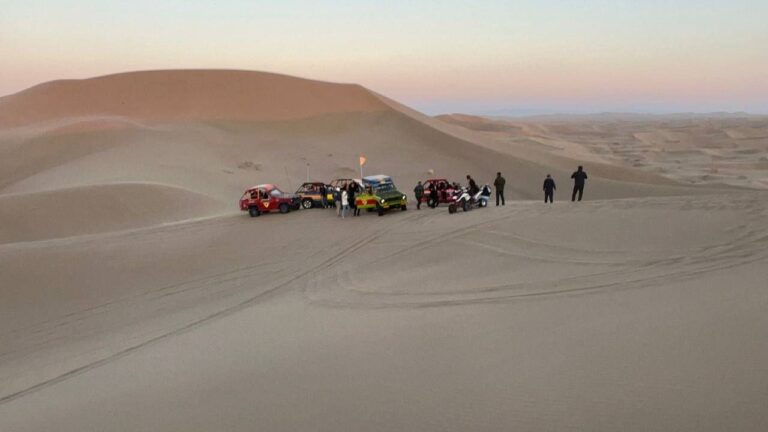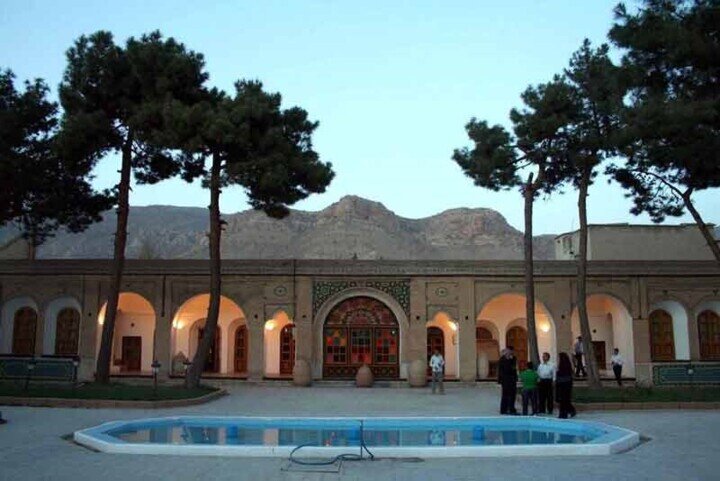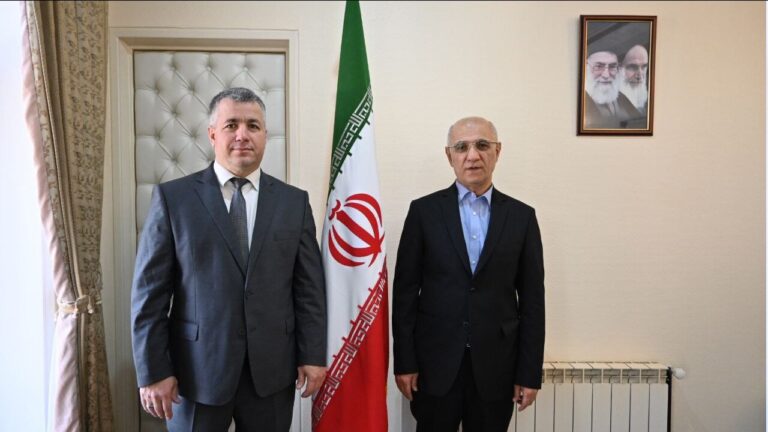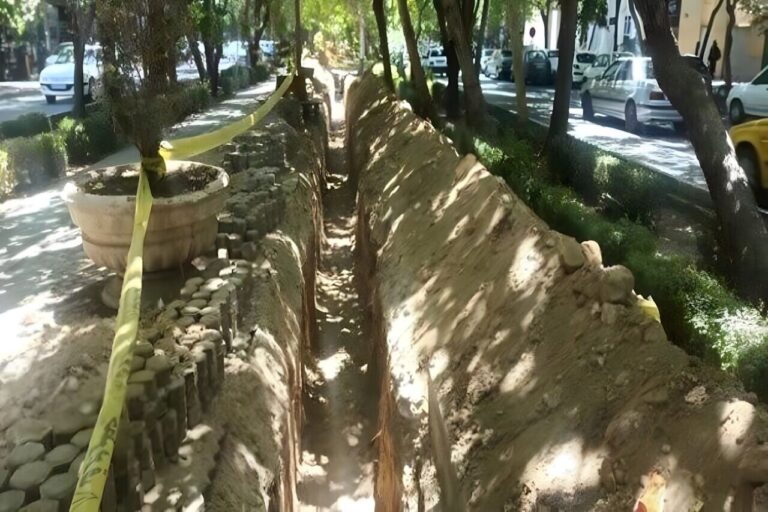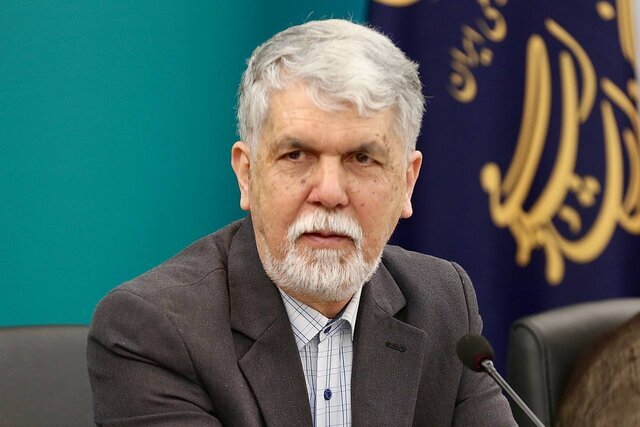Exciting Discovery: Neolithic and Chalcolithic Archaeological Treasures Unearthed in Mahallat, Central Iran!
Iranian archaeologists have made a remarkable discovery in Markazi province, unearthing a prehistoric settlement site that dates back to the late Neolithic and Chalcolithic periods. This significant find sheds light on early human habitation in the region, showcasing the rich archaeological heritage of Iran.
According to Hossein Mahmoudi, the Deputy Director of the Cultural Heritage, Tourism and Handicrafts Department of Markazi province, this newly identified site provides essential insights into the evolution of human settlements during key transitional periods in history. “The site, located in the southwest of Mahallat, provides clear evidence of human settlement during the late Neolithic and Chalcolithic periods,” Mahmoudi stated in an interview with Mehr news agency. He further elaborated that this discovery emphasizes the transition from the Neolithic period to the Chalcolithic era, which is estimated to have occurred between 5200 and 4500 BC.
One of the most notable findings at this archaeological site is the presence of red pottery, which is attributed to the famous Cheshmeh Ali cultural site located in southern Tehran. This type of pottery serves as a significant cultural indicator in prehistoric Iranian archaeology, marking the late Neolithic to early Chalcolithic transition.
Mahmoudi highlighted the cultural shift that occurred during the Chalcolithic period, which spans approximately from 4500 to 3000 BC. This era is characterized by significant advancements in human lifestyle, particularly with the introduction of copper metallurgy and the innovative use of the potter’s wheel.
“The Chalcolithic period represents a pivotal phase in human development, bringing about technological and social changes that distinguished it from the earlier Neolithic period,” he explained, emphasizing the importance of this era in shaping future civilizations.
The ongoing archaeological research includes typological studies to further explore the findings and officially register the site on Iran’s National Heritage List. This registration is crucial not only for preserving the site but also for enhancing our understanding of Iran’s ancient history.
According to Mahmoudi, the discovery adds a new layer to the understanding of Iran’s ancient history, highlighting the region’s significance in the narrative of early human development. This site reflects the evolution of societal structures and cultural practices that have influenced the trajectory of human civilization in the area.
- Location: Southwest of Mahallat, Markazi province.
- Historical Context: Late Neolithic (5200-4500 BC) and Chalcolithic periods (4500-3000 BC).
- Key Findings:
- Red pottery linked to Cheshmeh Ali culture.
- Evidence of early human settlement.
- Technological advancements such as copper metallurgy.
- Future Prospects: Ongoing analysis and registration on Iran’s National Heritage List.
This archaeological site is not just a testament to the past but a vital piece of the puzzle in understanding the development of human societies in Iran. Each artifact and layer of soil contributes to a broader narrative of how early humans adapted, innovated, and laid the groundwork for future civilizations. As research continues, more insights are expected to emerge, enriching our understanding of the ancient world.
In conclusion, the recent discovery in Markazi province signifies a remarkable advancement in archaeological research, offering a deeper appreciation for Iran’s historical landscape. The findings will undoubtedly attract attention from scholars and enthusiasts alike, eager to learn more about the early inhabitants of this culturally rich region.
